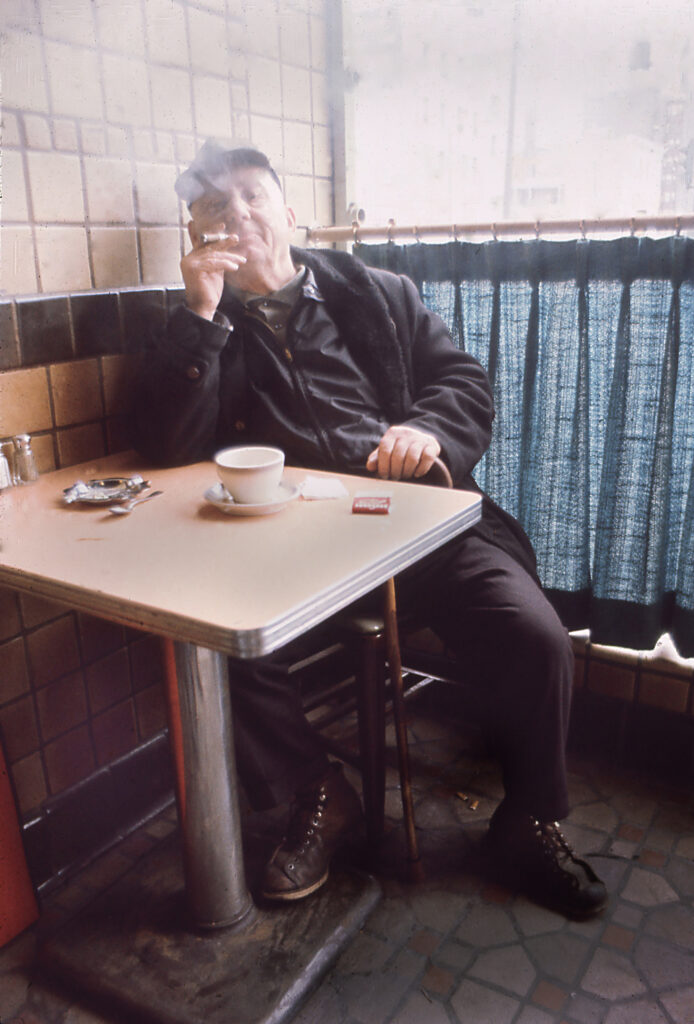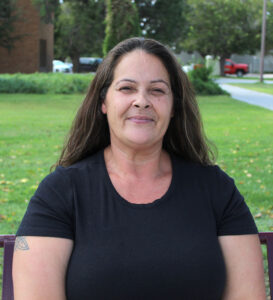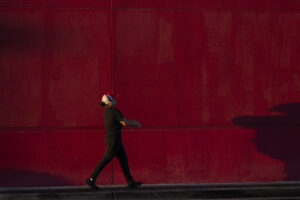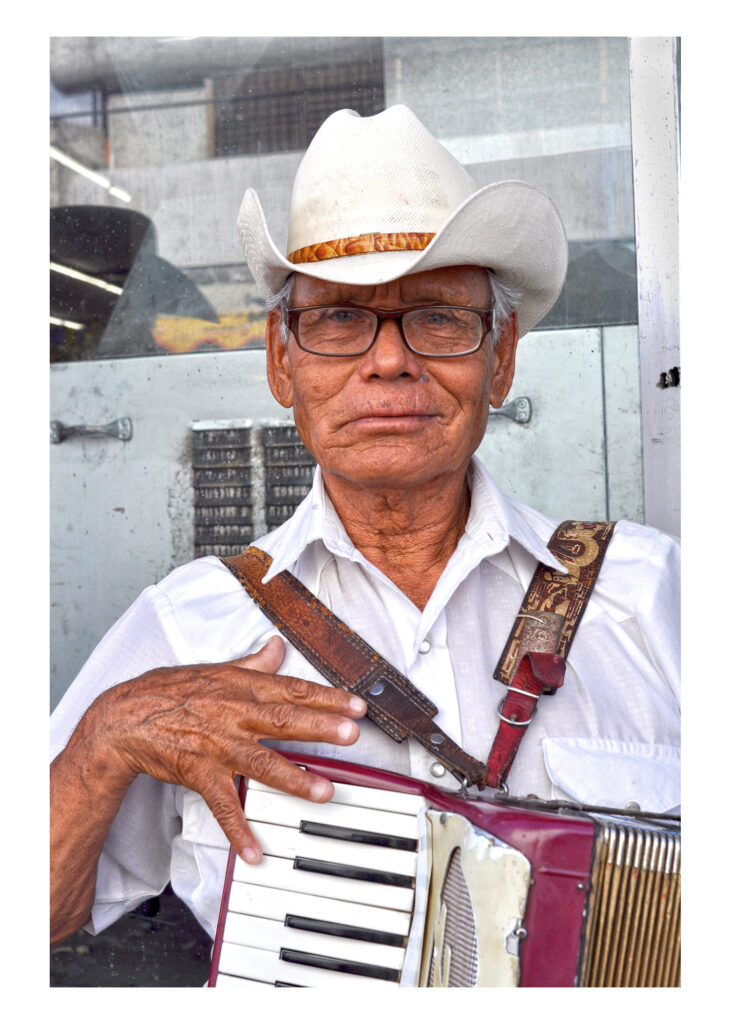Influential Photographs from History
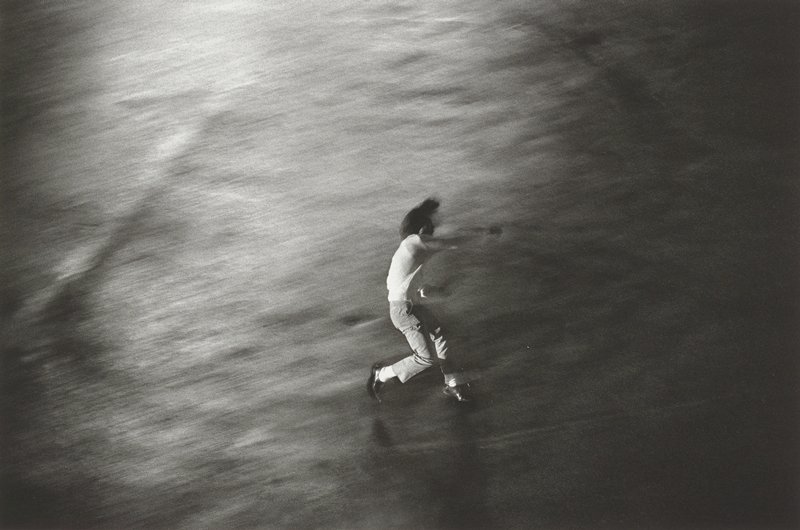
More Important Than Headlines
My definition of photojournalism is storytelling with one still image. Photographers make images; photojournalists capture moments. Various ethical restrictions limit what photojournalists are allowed to include in their work. These limitations ensure the integrity of the information being released to the public. Examples of what would be unacceptable are creating a composite image or cropping something out. A photojournalist is tasked with drawing in the reader and accurately conveying the news visually.
The downfall of traditional print media shouldn’t discourage new photographers from considering photojournalism because while the number of newspapers in circulation has dropped significantly, the number of online publications has exploded. Demand for news is so high we can’t wait for it to be delivered in the morning, and the same rules apply to a news story on the internet. Big picture, accurate headline and then every bit of information in the story must be in the first paragraph because a reader doesn’t have patience.
The three photojournalists I’ve selected in the historical sequence are Martha Holmes, Shomei Tomatsu and Dayna Smith. Martha Holmes was a photographer for LIFE magazine who specialized in portraits of celebrities. The image I chose is a candid shot of Billy Eckstine interacting with fans and nothing about the photo now is controversial. But the fashion should give away that this wasn’t shot yesterday and in 1950 the photo of this handsome black man dripping in white women didn’t go over well. The fallout was Eckstine’s career was harmed by this image and Holme’s and her editor received some abusive mail.
Martha Holmes, photograph from “Mr. B.,” LIFE, April 24, 1950
Next was a photographer I didn’t know before doing research into this project. Shomei Tomatsu was living in an arts district in Tokyo and the picturebook he put out was so interesting it was difficult to pick these images. The contrast of commuters, residents and protesters conveys the neighborhood’s diversity. Protest 1 is an incredible image of a protester panning across darkness hurling something to the right off-image. The panning is probably accidental as the second image is reflective helmets and shields of riot police herding together for protection. The power of Protest 1 is the subject is the only thing in focus and it seems like he’s fighting the darkness. Similarly the light won’t even give these stormtroopers faces in Protest 2.
Protest 1
Protest 2
Dayna Smith took this photo of a woman who had recently lost her husband while covering the war in Kosovo for the Washington Post. It won the World Press Photo of the Year award in 1999. Everything I loved about the photos before, I love in this one but it hurts. The woman had six children and the deceased was the town-baker-turned-rebel defending his home. The sense I get with the touching is her loss is so great that the people consoling her are resorting to physically comforting her and brushing tears away. The details you get in the reporting make her dead stare appropriate but before reading them the photo has a powerful impact.
Ajmane Aliu, a mother of six children, is comforted by relatives and friends at the funeral of her husband, Ilmi Aliu. The man was a soldier with the ethnic Albanian rebels of the Kosovo Liberation Army, fighting for independence from Serbia. Dayna Smith, 1999
To end with an upnote this is the last american member of the armed forces leaving afghanistan last night. The photo was supplied by the military and I’m not sure who took it, however it’s strangely symbolic. It’s an image, but more likely a frozen frame of night-vision video of the commander of the 82nd Airborne Division getting on a plane to go home. It’s the green science fiction-esque image that shouts the most technologically advanced, “morally-superior” and wealthy fighting force krept out at night like everyone who’s tried.
In this handout provided by the U.S. Central Command, U.S. Army Maj. Gen. Chris Donahue, boards a C-17 cargo plane at Hamid Karzai International Airport.
